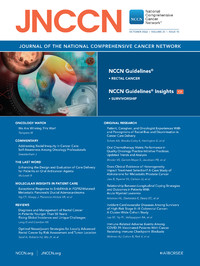Infancia, adolescencia, salud comunitaria y COVID-19
La infancia y la adolescencia marcan, en gran medida, nuestra vida adulta. Las personas más jóvenes están implicadas en una comunidad a su modo y viven también los efectos de la pandemia de la COVID-19. Reflexionar sobre cómo debemos ejercer nuestro papel las personas que nos dedicamos a la atención sanitaria y a la promoción…












